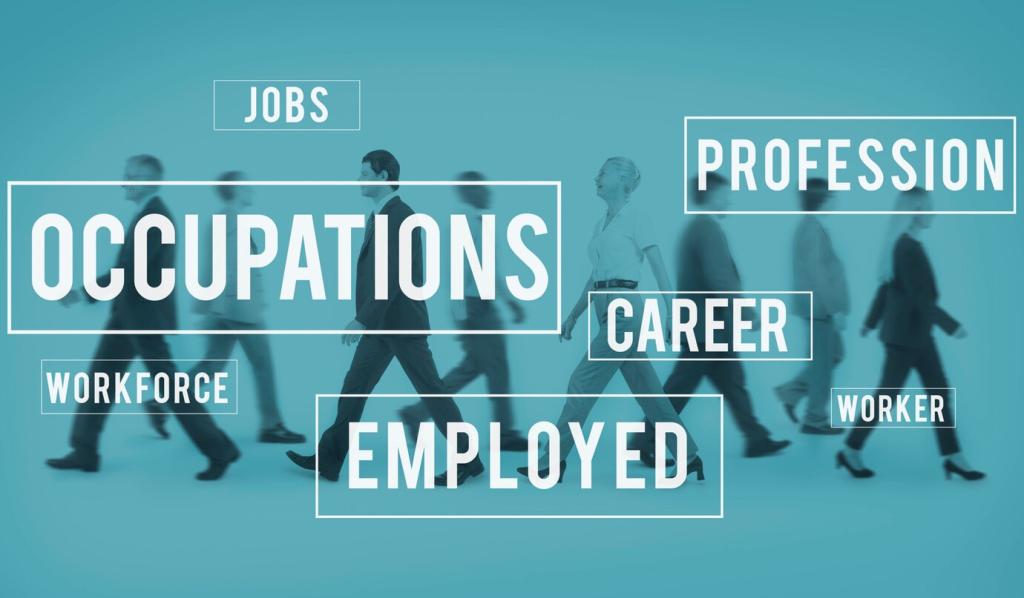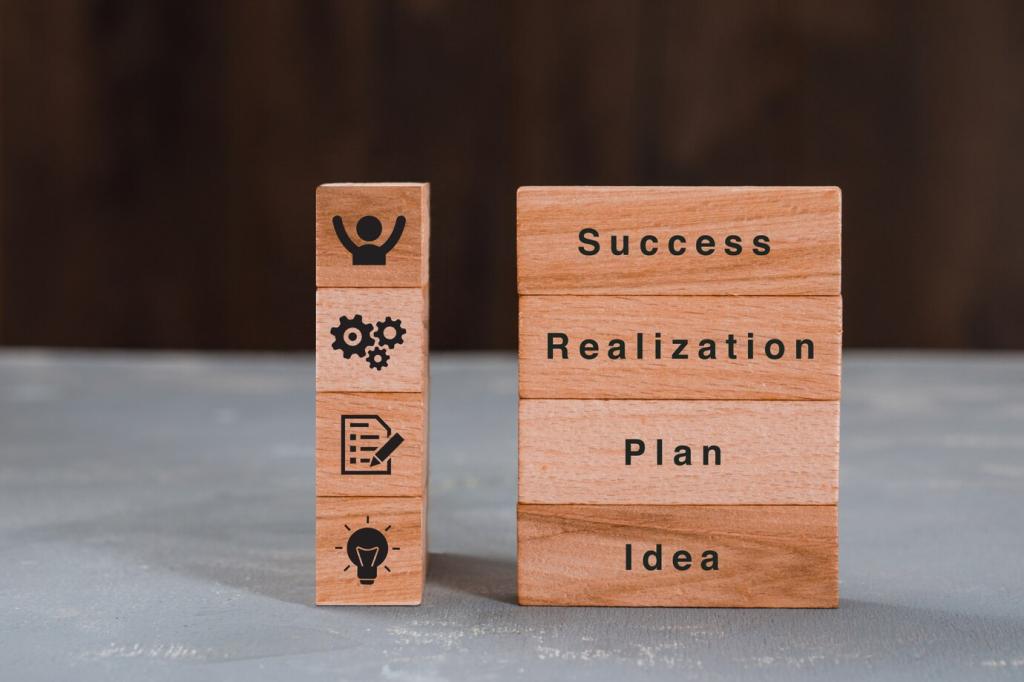Technical Mastery: Materials, Codes, and Buildability
Compare freeze-thaw resilience, slip resistance, albedo, and maintenance cycles for paving and cladding. Build sample boards and hose-test joints. A thoughtful switch from polished stone to textured pavers cut incidents and won you-client applause.
Technical Mastery: Materials, Codes, and Buildability
Master sightlines, egress clearances, accessibility slopes, and lighting limits early. Pre-meet with reviewers to surface red flags. You gain credibility by solving constraints before they become change orders. Share your best pre-submittal checklist.




